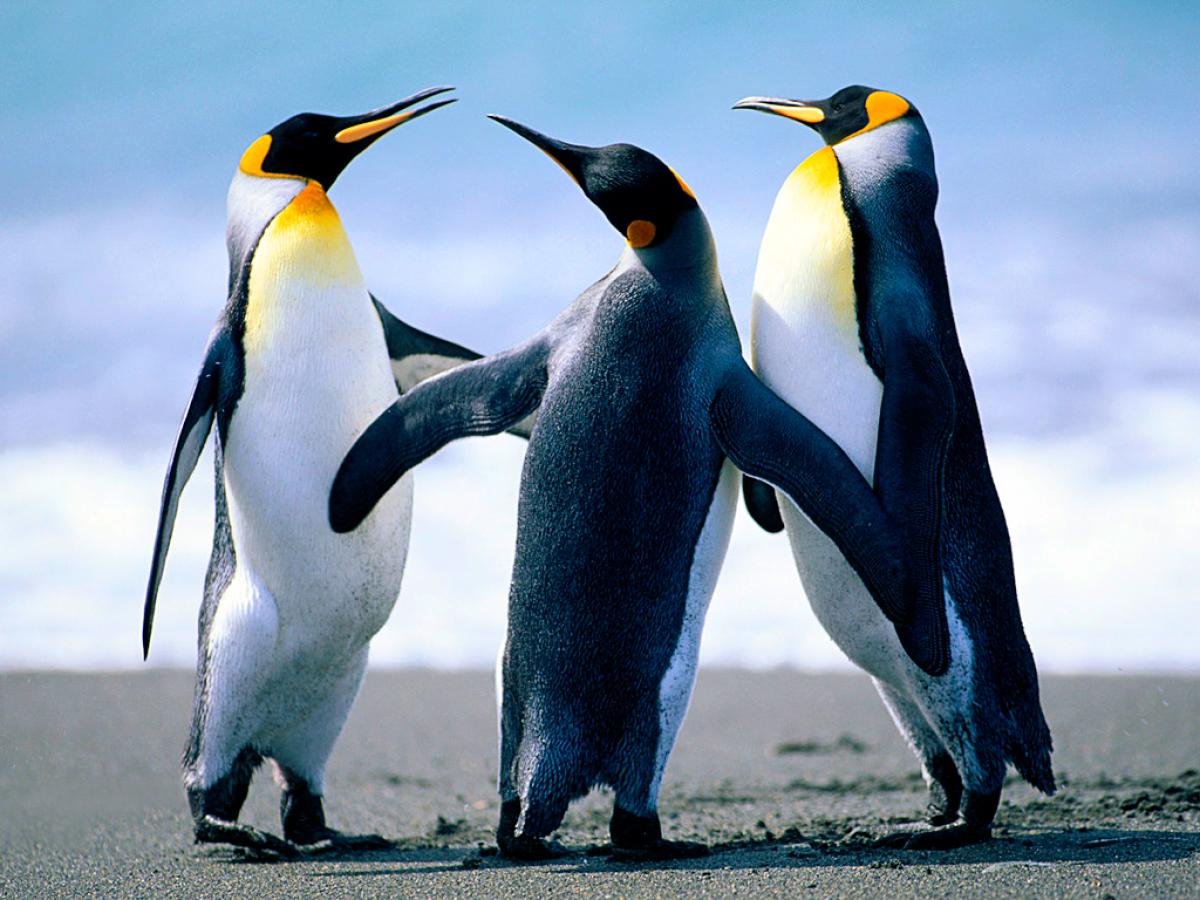Y: What are we doing in this frozen wasteland, Don?
D: It’s not a wasteland, Yaël!
Y: Okay, fine, I see a colony of penguins over there, but “wasteland” isn’t too far off. Antarctica isn’t exactly full of biodiversity.
D: You’d be surprised—I was, at least. That colony of penguins over there is essentially creating a hotbed of biodiversity.
Y: How?
D: By doing something all animals do: pooping. Researchers found that when colonies of elephant seals, as well as gentoo, chinstrap, and Adélie penguins poop, they’re enriching the soil in and around the colony, creating the perfect environment for mosses and lichens to grow. What happens is that the poop partially evaporates as ammonia, and then wind picks up the ammonia and blows it inland. Ammonia includes nitrogen, which all plants need to grow. And the nitrogen-enriched soil isn’t limited to the confines of the colony—researchers found that the ammonia can enrich an area up to 240 times the size of a colony.
Y: And you’re saying that makes it possible for some lichens and mosses to grow?
D: Quite a few lichens and mosses, which then provide homes for a whole lot of small invertebrates like springtails and mites. Scientists found millions of invertebrates per square meter in some areas of Antarctica, whereas you can usually only find 50- to 100,000 per square meter in the grasslands of the US or Europe.
Y: You know, I’m still not wrong when I call this place a wasteland. We’ve just spent all this time talking about penguin and seal waste.
D: True. It just happens that the soil puts all that waste to good use.










